Music machines for everyone!
The Automat and upcoming Mini Automat are machines for music. The Automat was a successful Kickstarter that shipped last year after raising €150k. This year we are preparing for a new product that will take the idea of accessible music machines to the next level and also make them significantly more affordable without compromising on build quality.
The original Automat toolkit was about making music machines accessible to every musician, regardless of technical ability. Music machines have existed for a long time, but they have not been easy to use for musicians and artists without specialised technical knowledge or skills.
Easy to start, endless possibilities
Dada Machines Automat is an easy to use, beautiful robotic music machine designed to be a plug and play experience for musicians. It allows them to interact with the physical world using software and systems they already use in their work. However, we didn't just want to make a closed box product. We are are open source hardware hackers, so it is important to us to leave a welcome mat out for those who want to play with the hardware as well as the machine. As a result we are making the Mini Automat compatible with Arduino and Circuit Python, as well as adding in a clever way to access hidden digital and analogue pins for adding in sensors, buttons and light systems to your music machines.
Documentation is king
I spend most of my life teaching artists how to use technology in their work. The most successful way to get artists and musicians (and indeed humans in general) working comfortably with new technologies and unfamiliar concepts is having a plug and play out of the box experience with several quick wins. You then follow this early confidence boost by introducing layers of complexity in a project based way. As a result, a huge part of our output for the Automat Mini is the documentation and project support. We are working on a high end project bank and teaching guide that will help the user explore musical machines at a level they are comfortable with.
Sustainable, beautiful design and manufacturing
We are working with high quality, ethical German workshops and factories to manufacture and assemble our products. Sustainability and quality are extremely important to us. The biggest challenge for the new Mini Automat is retaining our fault-free design but significantly reducing the price without compromising on quality or farming out our production.
Open source?
We love open source! We release all of our schematics, firmware and software. We do not (currently) release the board layouts.
Plans for the future
We are currently extensively user testing the first fully functioning iteration of the new board and system, with artists, hackers, schools and professional and amateur musicians. In tandem we are starting to write up the documentation. We expect to have a final product with full documentation ready for testing in November, with a Kickstarter campaign scheduled for early March 2020.
 Helen Leigh
Helen Leigh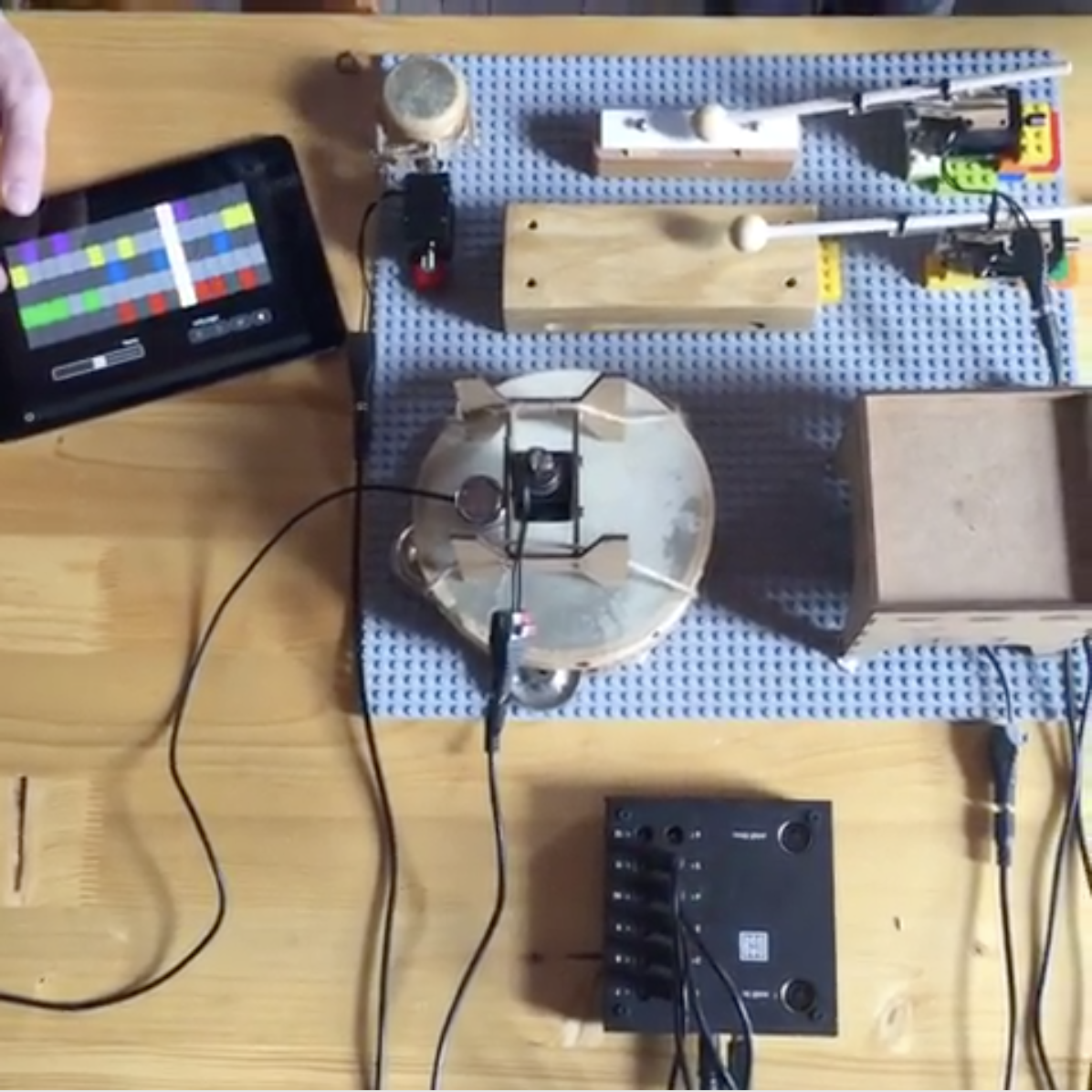
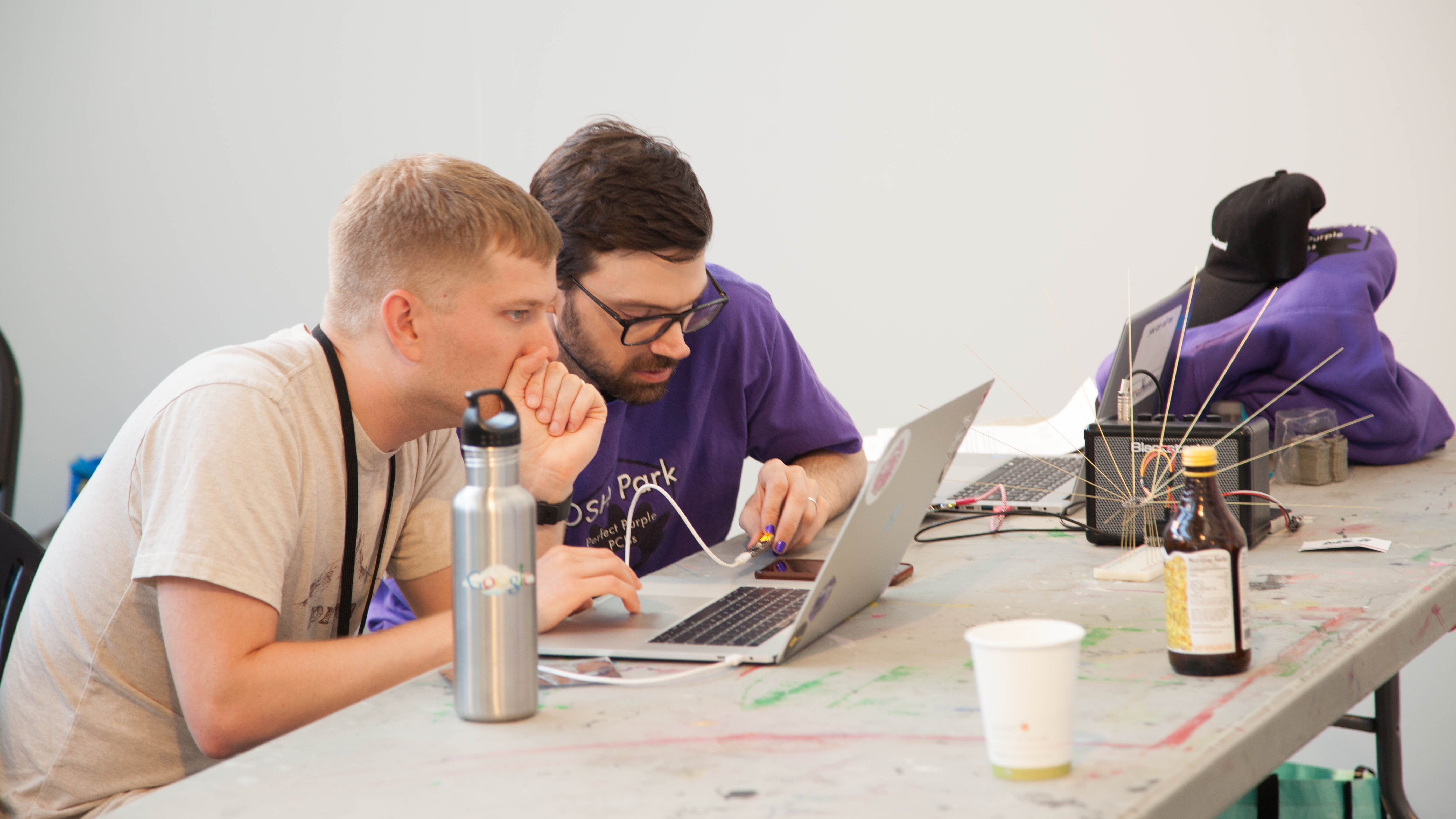
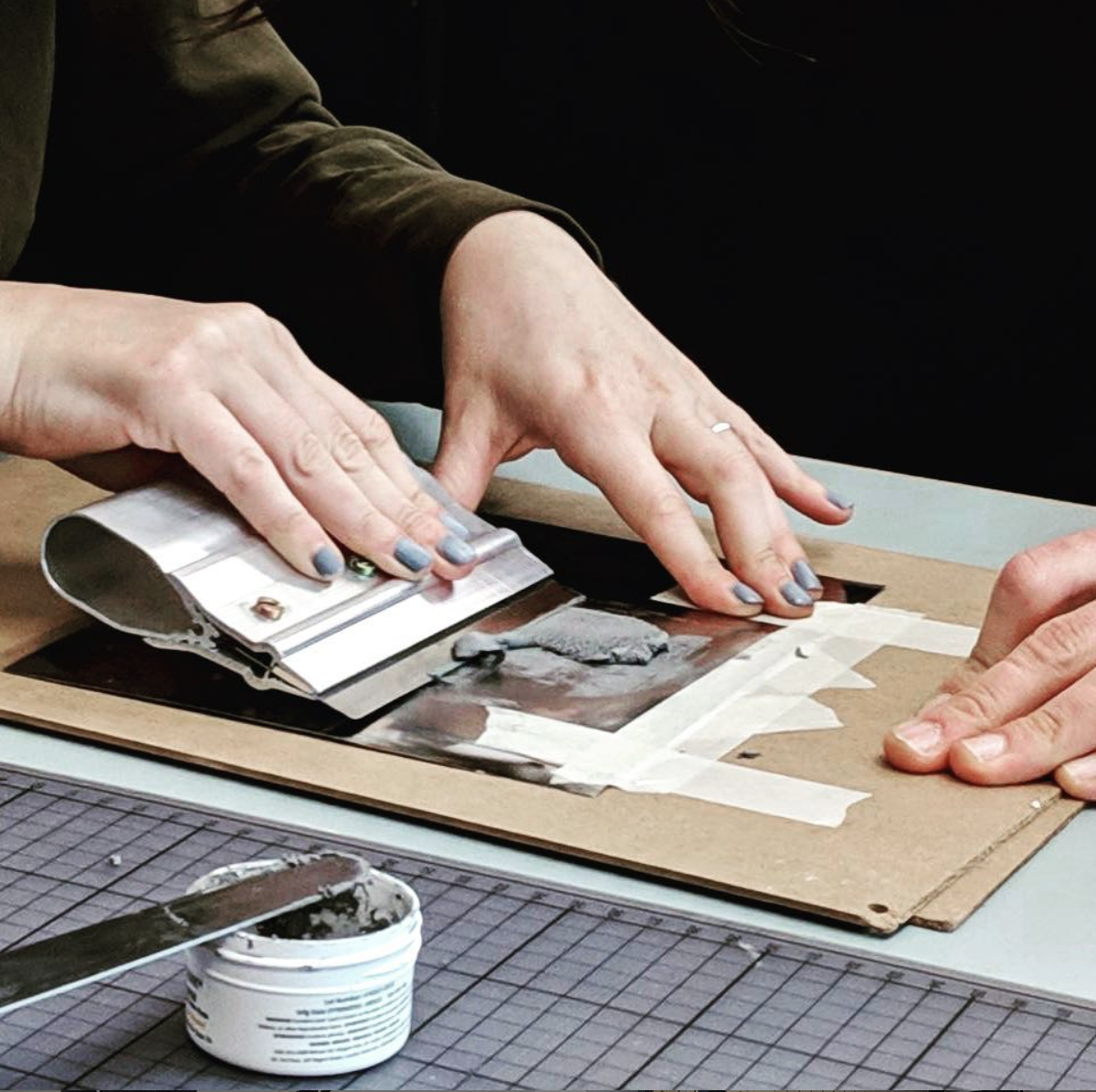
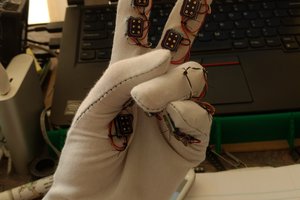
 Anderson Antunes
Anderson Antunes
 Patrick Joyce
Patrick Joyce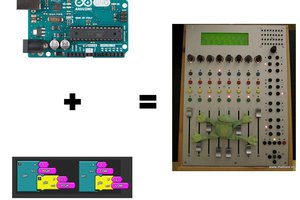
 uri.shani
uri.shani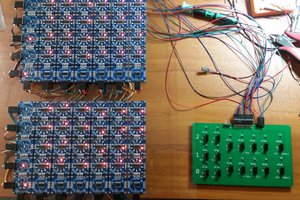
 Dave's Dev Lab
Dave's Dev Lab